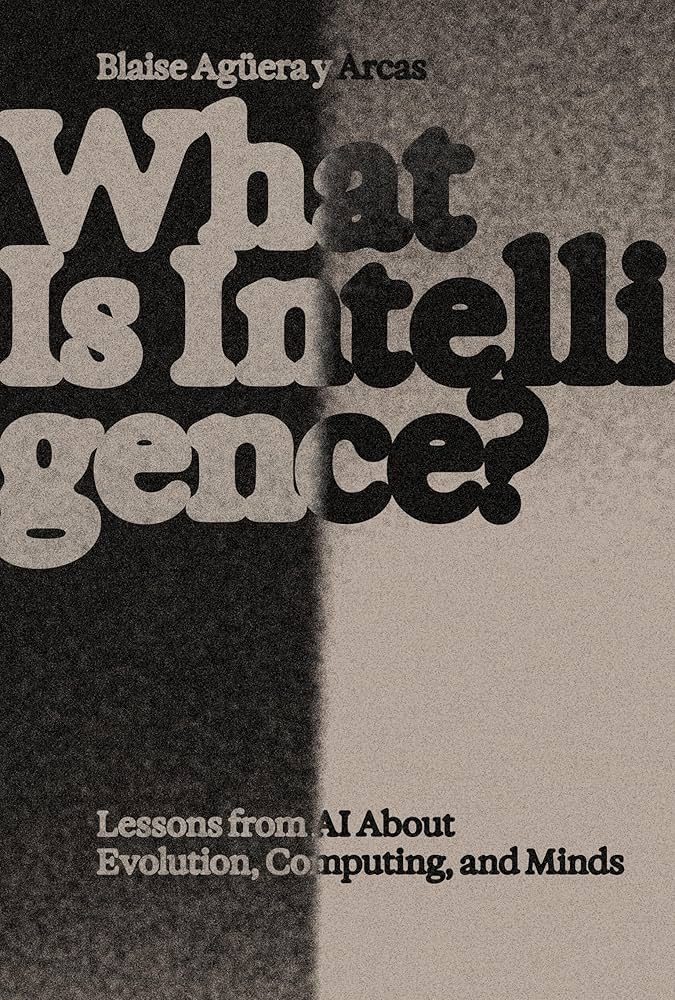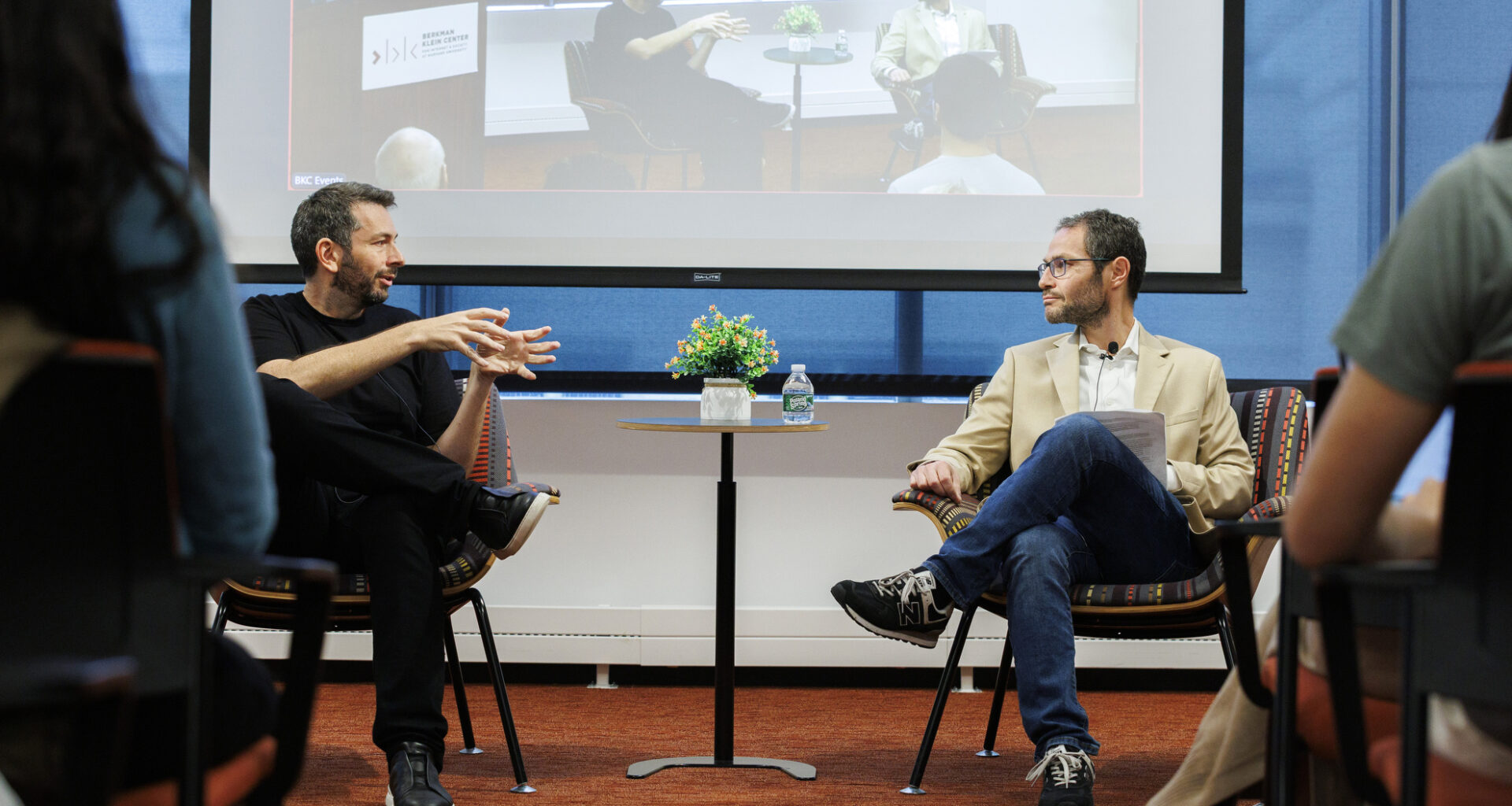The term artificial intelligence renders the sense that what computers do is either inferior to or at least apart from human intelligence. AI researcher Blaise Agüera y Arcas argues that may not be the case.

Agüera y Arcas, Google’s CTO of technology and society, traced the evolution of both human and artificial intelligence in ways that seem to mirror each other as part of a Wednesday event sponsored by Harvard Law School’s Berkman Klein Center for Internet & Society.
“Why has the computational power of brains, not just of AI models, grown explosively throughout evolution?” said Agüera y Arcas, the author of the new book “What Is Intelligence? Lessons from AI About Evolution, Computing, and Minds.” “If we rewind 500 million years, we see only things with very small brains, and if we go back a billion years, we see no brains at all.”
According to Agüera y Arcas, human brains evolved to be computational, meaning that they process information by transforming various kinds of inputs into signals or outputs, and that most of the computation that brains do takes the form of predictions, which is what AI systems do.
“I hear a lot of people say that it’s a metaphor to talk about brains as computers,” said Agüera y Arcas. “I don’t mean this metaphorically. I mean it very literally … The premise of computational neuroscience is that what brains do is process information, not that they are like computers, but that they are computers.”
Agüera y Arcas’ book explores the evolution and social origins of intelligence and develops his insights on what he calls the computational nature of intelligence, biology, and life as a whole.
It draws on ideas from scientists such as Alan Turing and John von Neumann and their theories on self-replication and universal computation, as well as evolutionary biologist Lynn Margulis’ theory of symbiogenesis and Agüera y Arcas’ own research and experiments at Google.
Agüera y Arcas used Margulis’ theory, which suggests that merging different organisms to form more complex entities played a key role in cell evolution, to explain the similarities between the computational aspects of both biology and AI models, which also engage in symbiotic relationships of cooperation and develop greater complexity and intelligence.
Charles Darwin’s evolution theory of random mutation and natural selection is only half the evolution story, Agüera y Arcas said; symbiogenesis, with cooperation as its main feature, is the creative engine behind evolution.
“Life was computational from the start,” said Agüera y Arcas. “It gets more computationally complex over time through symbiogenesis because when you have two computers that come together and start cooperating, now you have a parallel computer, and a massively parallel computation that leads to more and more parallel computation, which is exactly what we see in nervous systems that consist of lots of neurons that are all computing functions in parallel.”
“Life was computational from the start.”
Agüera y Arcas
During his talk, Agüera y Arcas showed the audience a video of experiments he conducted at Google using a programming language to explore the development of complex programs from simple, random initial conditions.
The root programming language used only eight basic instructions, but after a few million interactions among the random bytes more complex programs began to appear because they became self-reproducing — and grew in complexity.
“It was an exploration of how self-reproducing entities can arise out of random initial conditions, which is how life must have arisen, right?” said Agüera y Arcas. “We know that life didn’t always exist in the universe. … There must have been initial conditions that are disordered from which life arises.”
Agüera y Arcas views intelligence as the ability to predict and influence the future and traces the “human intelligence explosion” to the moment when humans formed societies and began cooperating and living together. He argues the growth and evolution of human brains began when they banded together and created collective societies.
The emergence of societies was a major evolutionary transition, he said, citing the work of scientists Eörs Szathmáry and John Maynard Smith.
“Human individuals are not very smart, but when we get together, we can do amazing things, like transplanting organs and going to the moon,” said Agüera y Arcas. “Those are not individual capabilities. No individual human can do that. That’s a collective human intelligence sort of thing, and it comes about through specialization, through theory of mind, through us being able to model each other in order to work in groups.”
